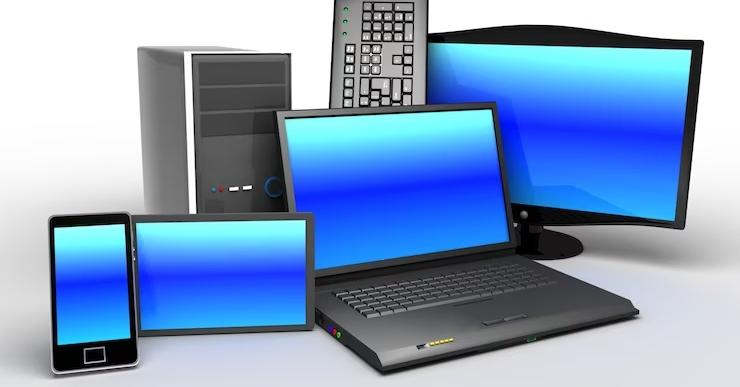The Network Attached Storage (NAS) has a high practical significance for the easy use of your media devices in your home network and for organizing your media library. You may store and access a variety of data (music, films, documents, and more) on it anytime you want to. This makes it especially useful for organizing your media library.
Not only can you access your data on your own computer, but you can also play your media from your Smart TV and other devices that are linked to your home network (such as cellphones, tablets, and laptops), as well as via the Internet by utilizing the client application.
NAS Data Capacity
NAS systems allow large amounts of data to be stored and retrieved at any time. As the need for data storage capacity grows, NAS storage systems can be easily expanded to more sophisticated solutions. NAS data storage is technically simple yet efficient. Data loss due to the failure of individual hard drives, which can have a significant economic impact on merchants and the self-employed, is eliminated mainly by storing data on backup disks.
It Doesn’t Always Have To Be Complicated
This is of great importance for medical practices or, for example, for law firms that need to meet information retention deadlines for certain business transactions. A particular advantage of NAS systems is their uncomplicated configuration and easy management. The latest generation of NAS drives can be installed with a few simple steps, even by PC novices. The NAS disk is permanently available on all end devices when connected to the network. Unlike external hard disks, manual connection to individual end devices is optional.
Use Your NAS Also To Back Up Your Company’s Data
The destination of your NAS backup is configured here as a secure Samba/UNC network path. To increase security further, you can add the “$” character to the share name for the network disk. Then, the share name will remain hidden on the network, and no one can track it down by searching through all of the company’s network paths.
For NAS backups, it is better not to install network disks at all and to access the corporate NAS only via the UNC path.
Tips For Using A Network Drive
These tips are less about providing some practical skills and more about familiarizing you with the functionality of NAS drives, learning about their features before you buy, and weighing the pros and cons.
- Connecting a printer to the NAS: Many NAS devices have a USB port to which you can connect a printer. This will allow you to print photos and documents from all your networked devices (e.g., laptop, computer, tablet, or smartphone) without installing drivers first.
- Remote Access: Virtually all NASs have free applications to remotely access your media or, for example, upload vacation photos to the NAS regardless of your location. When connected to the LAN, NAS can dynamically receive IP parameters using the DHCP protocol or be configured statically. The corresponding settings are available in the Network item of the Control Panel.
- Copy data from a flash drive without a PC: The USB port on the Network network-attached storage device provides another helpful feature: Documents, photos, videos, and music stored on a flash drive or external hard disk can be easily copied to the drive without a PC. Simply insert the flash drive into the appropriate slot, press the button if necessary, and the data is copied.
- Music on your home network: Most NASs offer a practical feature such as iTunes Music Server, which allows you to play music stored on the NAS on multiple devices on your home network – provided they are Apple products such as an iPhone, iPad, Apple TV, or a computer with iTunes installed.
